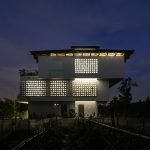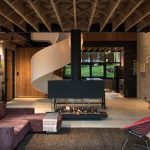
Teatum + Teatum Architects designed this inspiring residence acts as a landscape of surfaces and objects against which the renter’s life can be staged. Located in Greater London, United Kingdom, this 99m2 house was completely redesigned in 2017. Take a look at the complete story after the jump.
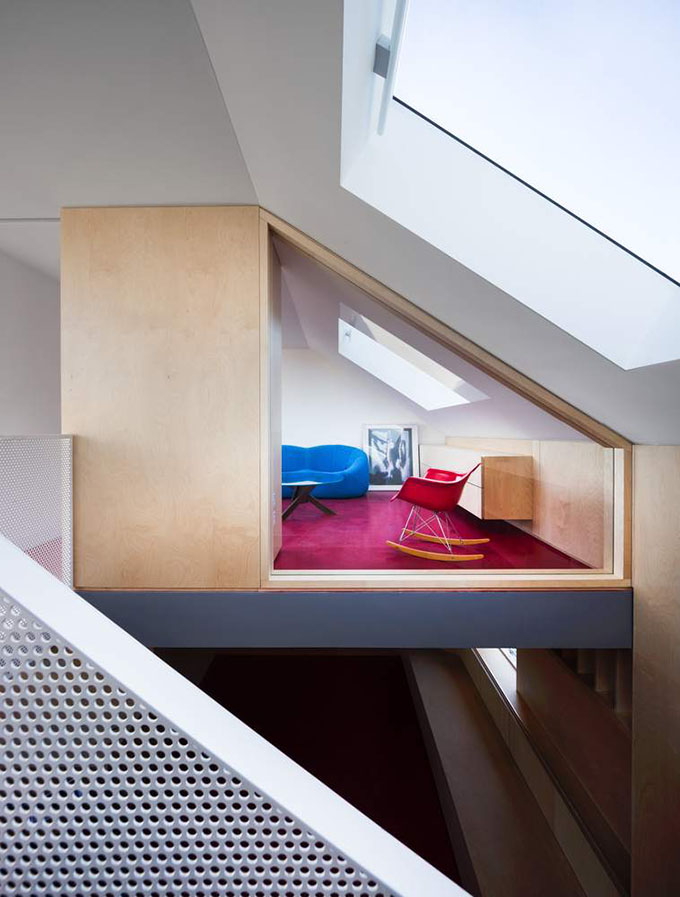

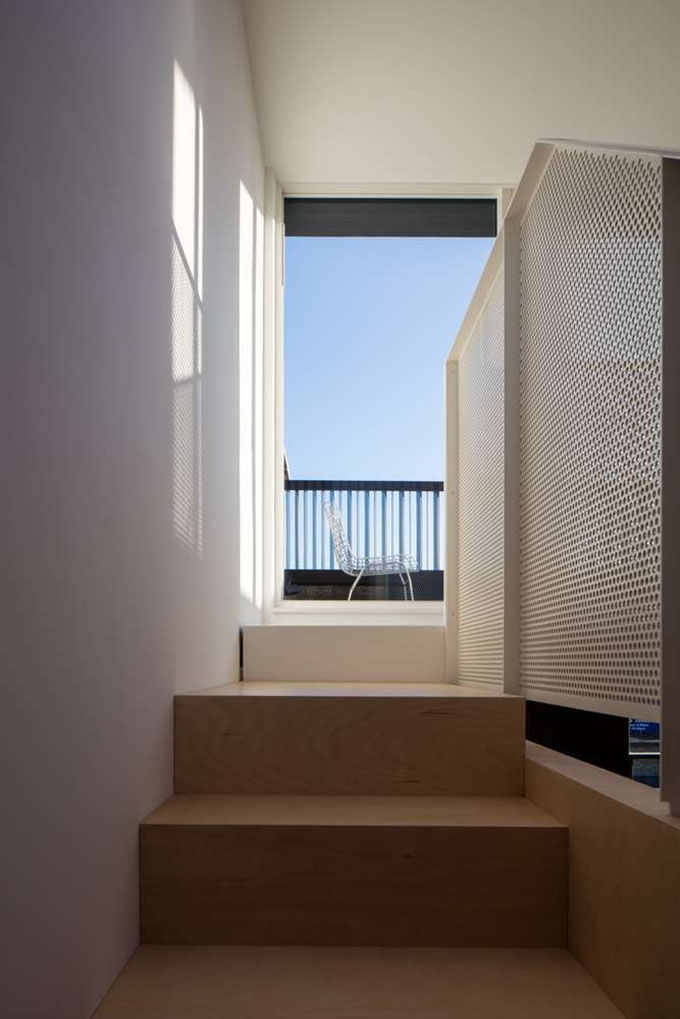
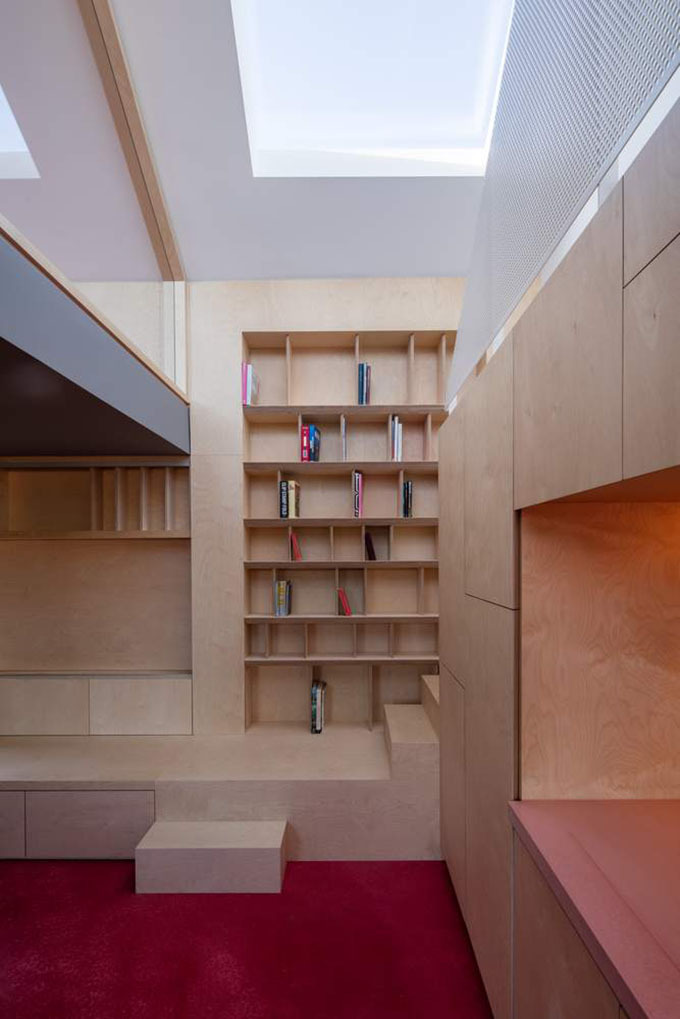
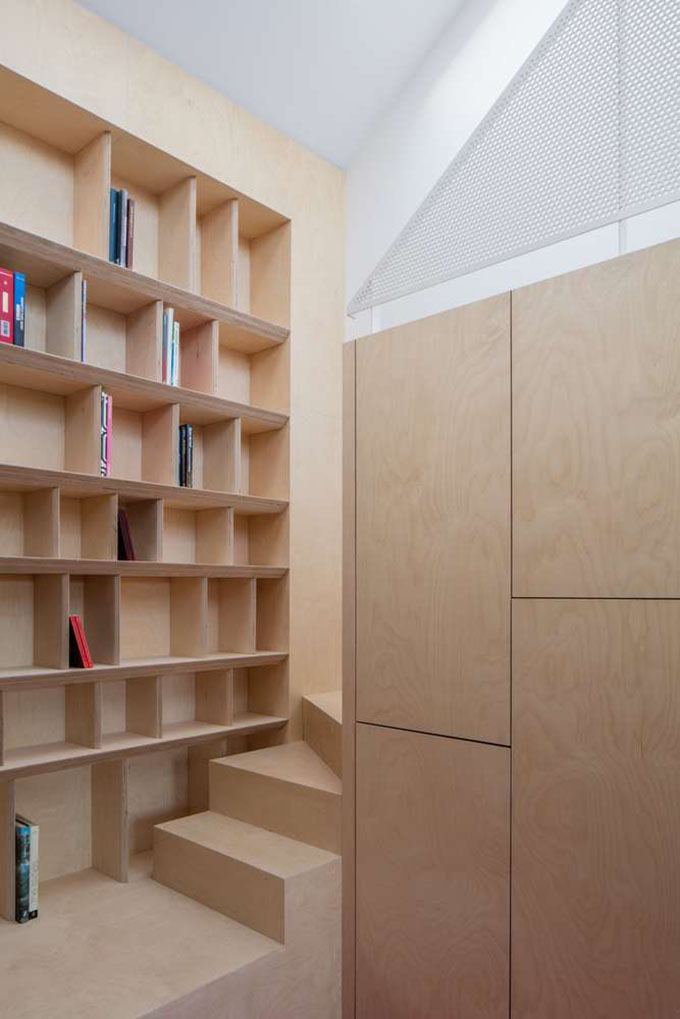

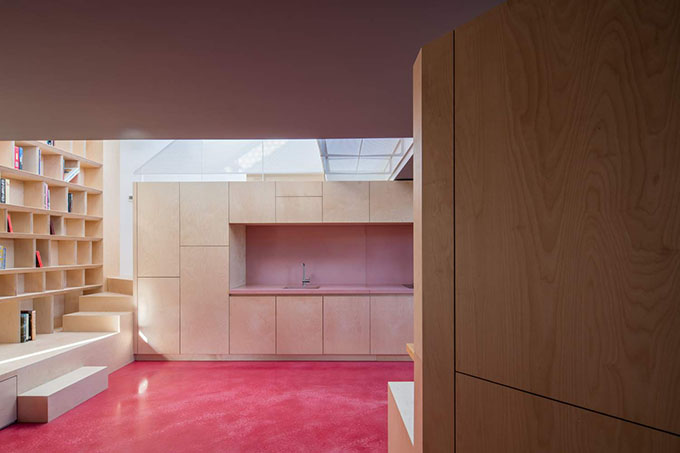
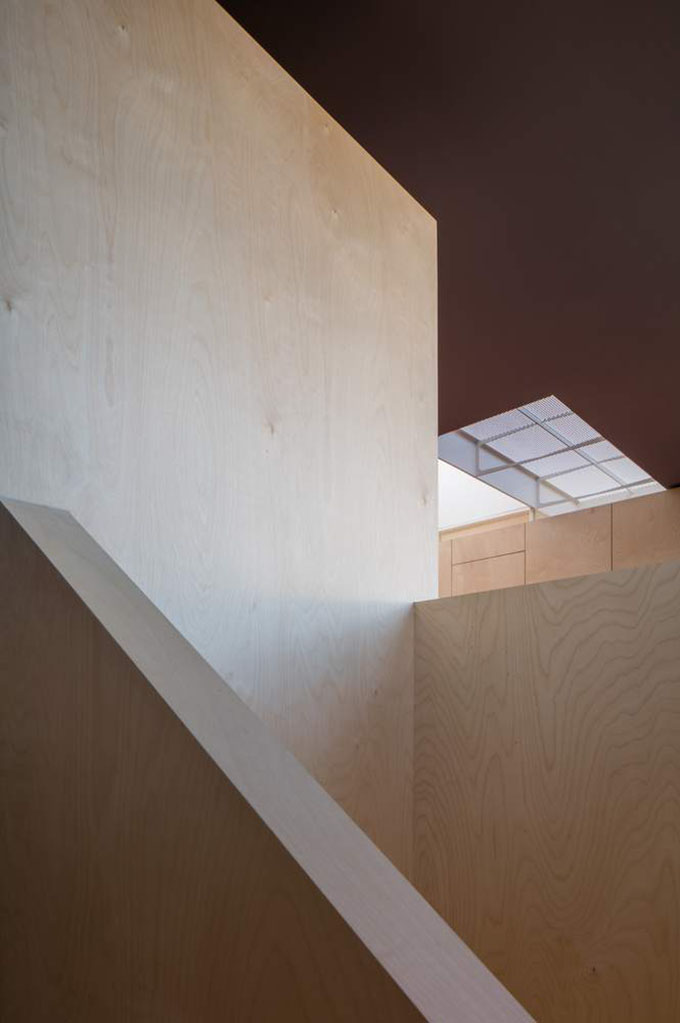



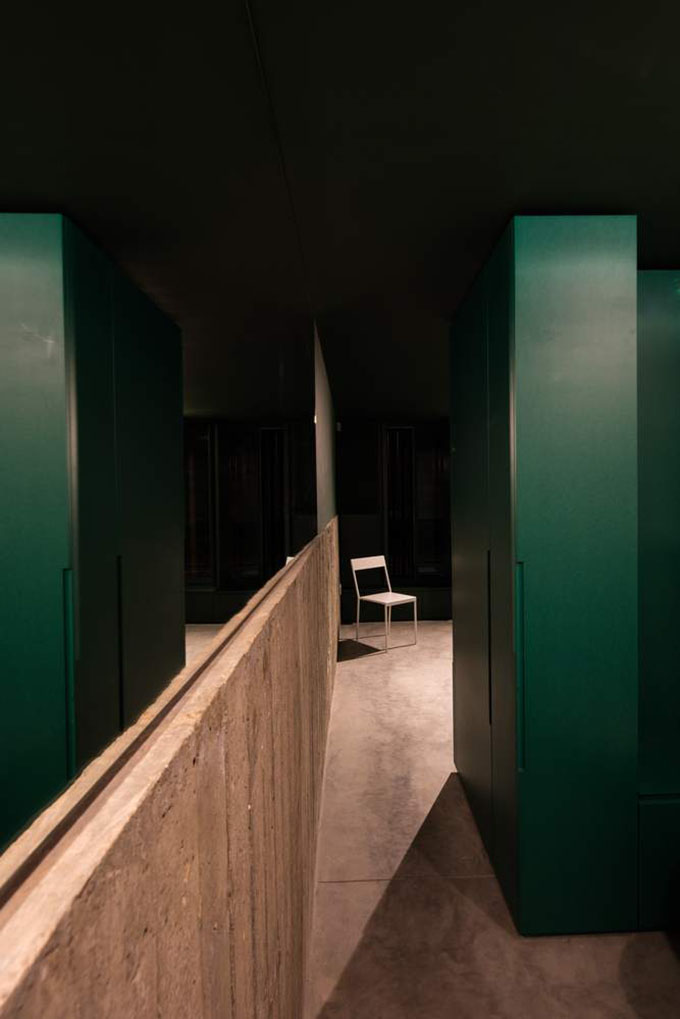
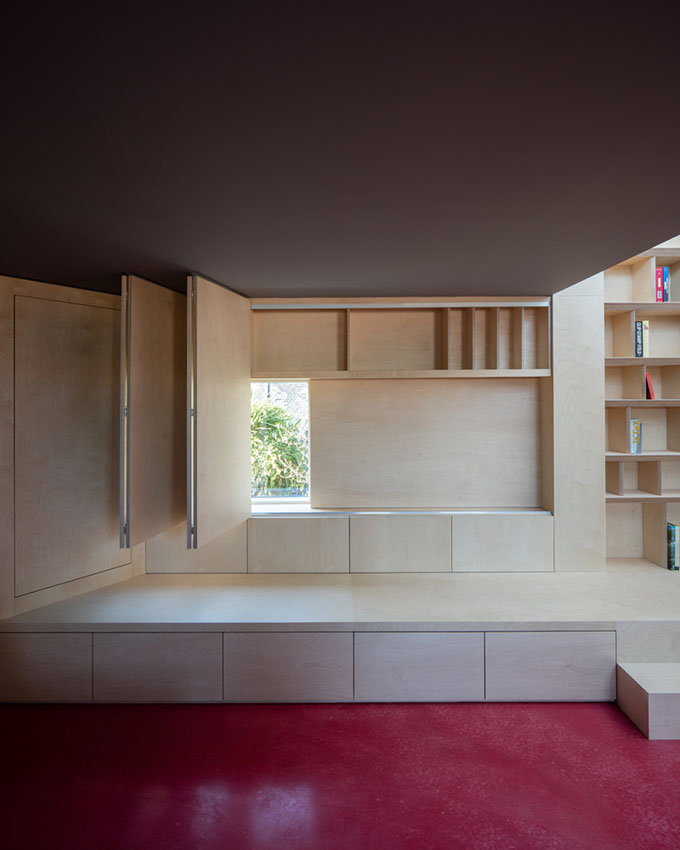

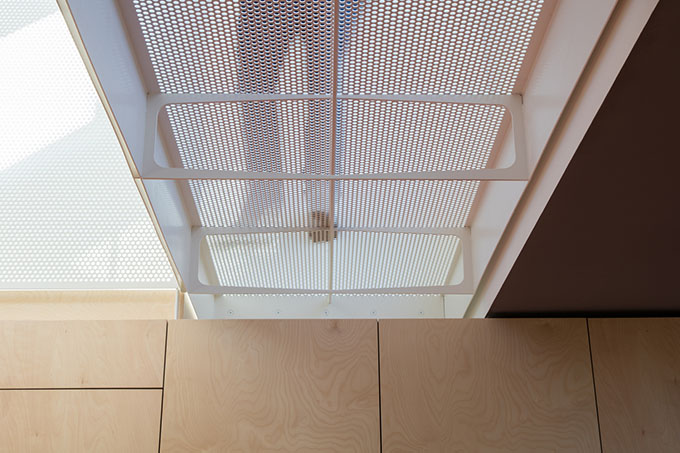

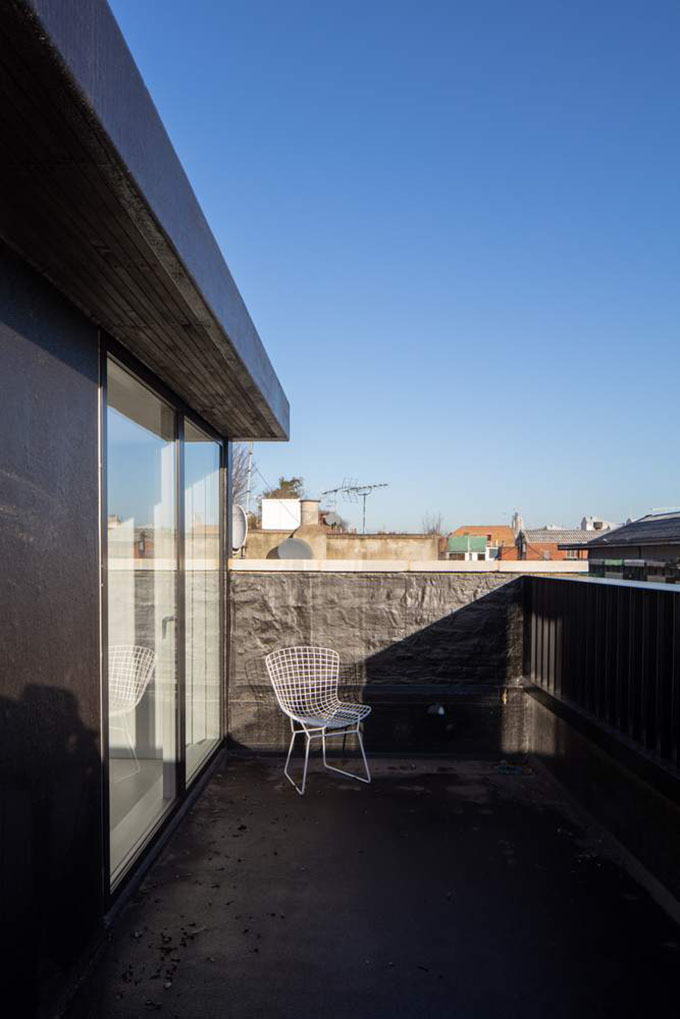
From the architects: Garden House is a new addition to the Network of spaces being produced by Noiascape across London. From one-off homes to mixed use buildings Noiascape is creating an infrastructure for urban renting.
Designed specifically for renting, Garden House is organised to adapt to a number of users, from a couple to a group of sharers. The house acts as a landscape of surfaces and objects against which the renter’s life can be staged. The project involved the complete reorganisation of an existing terraced mews house with the addition of a new roof level and a connected garden room.
The existing house provided no external space, Noiascape wanted external space that could interact with the living spaces and connect with local views. This requirement informed the inversion of the traditional relationship between living and sleeping. Bedrooms are located at ground and living spaces are located at first and second floor. A study space at second floor provides a day lit room connected to a roof garden to make working from home a pleasure. Flexibility is integrated into the spatial organisation.
Flexible interconnected spaces flow horizontally and vertically allowing an interaction between each level. The plan and section resists cellular enclosure. Living spaces are double aspect and double height, structured to overlap and interconnect, allowing a visual continuity across space. At the scale of a house or a mixed use building Noiascape create spaces that activate relationships and organise social interaction.
Throughout spaces are defined by vibrant material contrasts. These contrasts reinforce the influence of landscape and perception; foreground and background, above and below, light and dark and subconscious and unconscious. At the bedroom level cast concrete walls contrast with dyed green joinery. Living spaces contrast red pigmented concrete floors with birch joinery. Material textures are amplified by the location and range of daylighting. A mix of top lighting and side lighting change the visual quality of surfaces through the day. The architecture continually creates contrast and juxtaposition between material, space and programme.
RELATED: FIND MORE IMPRESSIVE PROJECTS FROM THE UNITED KINGDOM
Joinery is employed as a spatial and sculptural object. Positioned to structure spaces and allow the house to be revealed as you move around – a cinematic approach that employs constant movement as a way to experience space. At each level, the range of joinery allows personal objects to be stored away or displayed depending on the user.
Noiascape seek collaborations with innovative makers. From metal workers to joiners to cast concrete makers we create opportunities for makers to craft unique elements within the spaces we produce.
Noiascape include spaces of study and learning into their homes. At Garden House the study is reached via a white steel bridge. The bridge acts as a threshold between the spaces of sleeping, washing, cooking and dining into the world of reading, reflecting and thinking. The location of the study divides the house from the functional and conscious to those spaces that give opportunity to the private and sub-conscious.
Photography by Luke Hayes
Find more projects by Teatum + Teatum Architects: www.teatumandteatum.com


